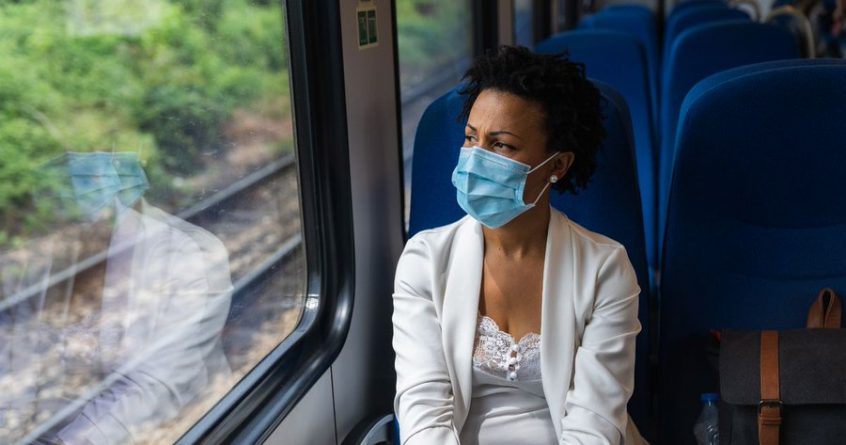For our safety and that of others, we’ve all got to become alert to hotspots where we might pick up Covid. And places where we gather, like public transport, are possible danger zones.
That’s been highlighted by Cambridge and Imperial College London researchers who have shown airborne diseases, such as Covid, spread along the whole length of a train carriage.
Furthermore they’ve found there’s no “safest spot” for passengers to minimise the risk of catching it.
The researchers, having developed a mathematical model to help predict the risk of disease transmission in a train, found, in the absence of effective ventilation systems, the risk is the same along the entire length of the carriage.
They also showed that masks are more effective than social distancing at reducing the transmission, especially in trains that aren’t ventilated with fresh air. And since Covid-19 is airborne, ventilation is vital in reducing the spread.
The results demonstrate how challenging it is for people to calculate risk, and how important it is for train operators to improve their ventilation systems in order to help keep their passengers safe.
“There are many different factors which can affect risk of transmission in a train,” says first author Rick de Kreij, from Cambridge, “whether the people in the train are vaccinated, whether they’re wearing masks, how crowded it is, and so on.
Any of these factors can change the risk level, which is why we look at relative risk, not absolute risk – it’s a toolbox that we hope will give people an idea of the types of risk for an airborne disease on public transport.”
The researchers found that air movement is slowest in the middle part of a train carriage.
“If an infectious person is in the middle of the carriage, then they’re more likely to infect people than if they were standing at the end,” said de Kreij.
“However, in a real scenario, people don’t know where an infectious person is, so risk is constant no matter where you are in the carriage.”
Many commuter trains have been manufactured as cheaply as possible, and most recirculate air instead of pulling air in from outside. And fresh air has to be either heated or cooled, which is more expensive.
So, what should passengers do?
“Space out as much as you can – physical distancing isn’t the most effective method, but it does work when capacity levels are below 50%,” said de Kreij. “And wear a high-quality mask, which will not only protect you from Covid-19, but other common respiratory illnesses.”

